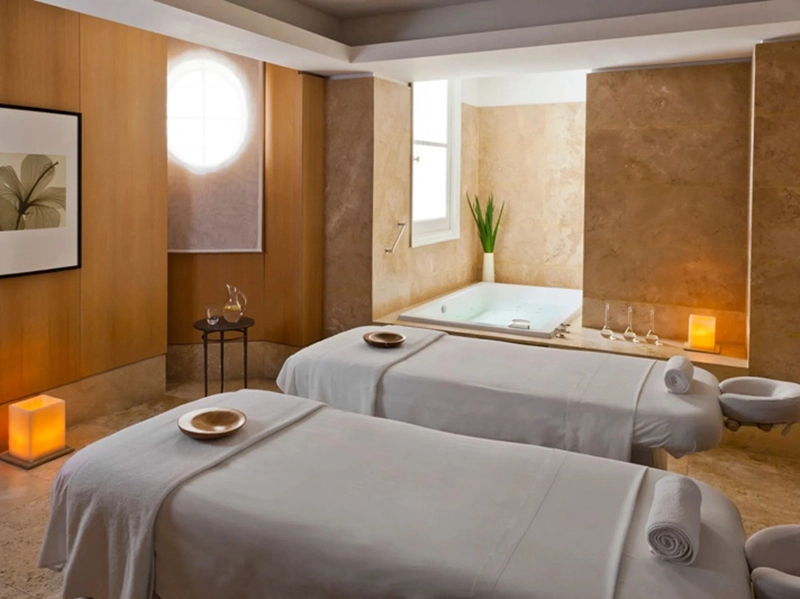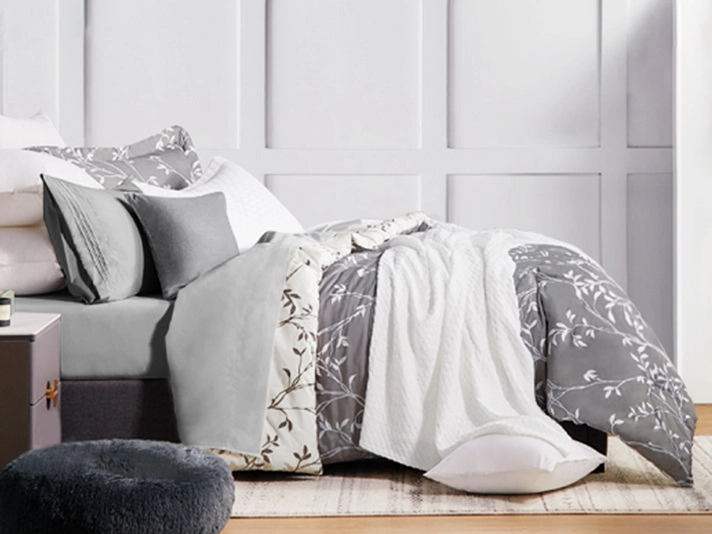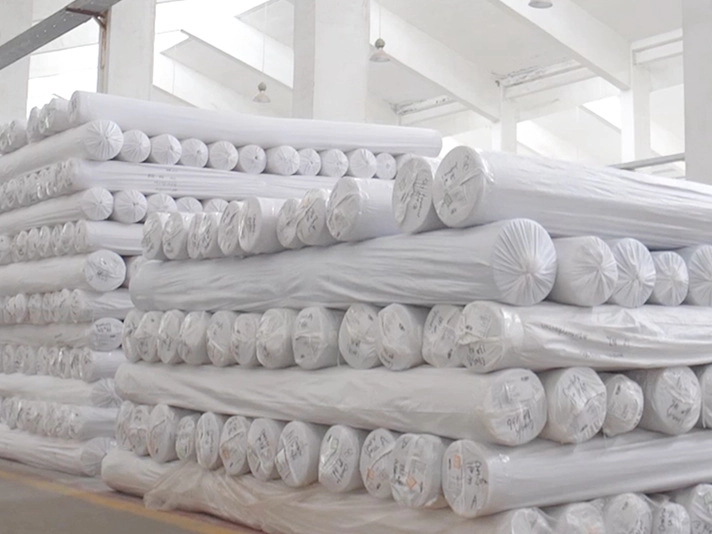Exploring the Possibility of Using a Duvet Without an Insert or Filler Material
Can You Use a Duvet Without a Filler?
When it comes to bedding, the terms “duvet” and “filler” often surface in conversations about comfort, warmth, and style. A duvet is a type of blanket that is typically filled with down, feathers, or synthetic materials, designed to provide warmth and insulation. However, more and more people are beginning to question the necessity of using a duvet with a filler. This article explores the feasibility, advantages, and possible alternatives to using a duvet without a filler.
Understanding Duvets and Fillers
A traditional duvet consists of a fabric shell filled with insulating materials. The filler plays a critical role in providing warmth; however, the weight and feel of the duvet can significantly vary based on the choice of filler. Common fillings include natural materials like goose down or duck down, known for their warmth-to-weight ratio, as well as synthetic fibers, which are often hypoallergenic and easier to wash.
While the purpose of a filler is to create a cozy and warm sleeping environment, some people find the concept of a duvet without a filler intriguing. So, can you actually use a duvet without a filler?
The Concept of a Duvet Without Filler
Using a duvet without a filler essentially means using just the outer shell. This can yield several outcomes, depending on one’s personal preferences and sleeping conditions.
1. Lightweight and Breathability A duvet cover without a filler can create a lightweight bedding option, making it perfect for warmer climates or summer months. Unlike traditional duvets, which can retain heat, a fabric shell allows air to circulate more freely, ensuring a cooler sleeping experience.
2. Versatile Layering Using a duvet without filler can also serve as a decorative layer. You can mix and match with other blankets, throws, or quilts depending on your desired style or seasonal changes, without the bulk of a full duvet. This makes it easier to update your bedding aesthetic without shopping for new sets.
can you use a duvet without a filler

3. Easier Maintenance Duvet covers alone are significantly easier to clean than filled duvets. They can be easily removed and tossed in the washing machine, while filled duvets can require special cleaning due to their size and material. This makes using just the duvet cover a practical choice for those who prefer straightforward laundering processes.
4. Personal Comfort A duvet shell can also accommodate various sleeping preferences. If you tend to overheat at night or prefer the weight of a lighter blanket, a duvet without filler offers a unique solution. You could easily combine it with lighter sheets or other bedding options to create a custom comfort level.
Alternatives to Duvet Fillers
If the idea of using a duvet without a filler doesn’t appeal, there are several alternatives worth considering. For instance, you might explore
- Lightweight Blankets Many modern blanket options provide warmth without the bulk of a duvet. Look for breathable fabrics like cotton or linen for a lightweight feel. - Quilts These are often less bulky than traditional duvets and can offer similar warmth with a unique texture and design.
- Layers Create a layered bedding system using various throws, comforters, and sheets. This method allows for easy customization depending on the season or your temperature preference.
Conclusion
While a duvet without a filler may not be conventional, it offers a range of benefits that cater to individual preferences and lifestyles. From breathability to easy maintenance, using just the duvet cover can serve unique purposes in modern bedding choices. Ultimately, whether or not to use a duvet without a filler depends on your specific needs, preferences, and conditions – and that’s the beauty of personal bedding choices.
-
Creating a Spa Day with Plush Waffle Bath RobesNewsAug.14, 2025
-
How to Cut Linen Maintenance Costs by 30% with Proper Polycotton IroningNewsAug.11, 2025
-
Elevating Comfort and Quality with the Right Bed LinenNewsJul.07, 2025
-
Bedding Essentials: From Percale Sheets to White Quilts, Finding Your Perfect Sleep HavenNewsJul.07, 2025
-
Choosing the Right Bedding for a Comfortable and Stylish BedroomNewsJul.07, 2025
-
Understanding the Diverse World of Towel TypesNewsMay.29, 2025
-
The Ultimate Comfort: Discover the Benefits of Polycotton SheetsNewsMay.29, 2025






